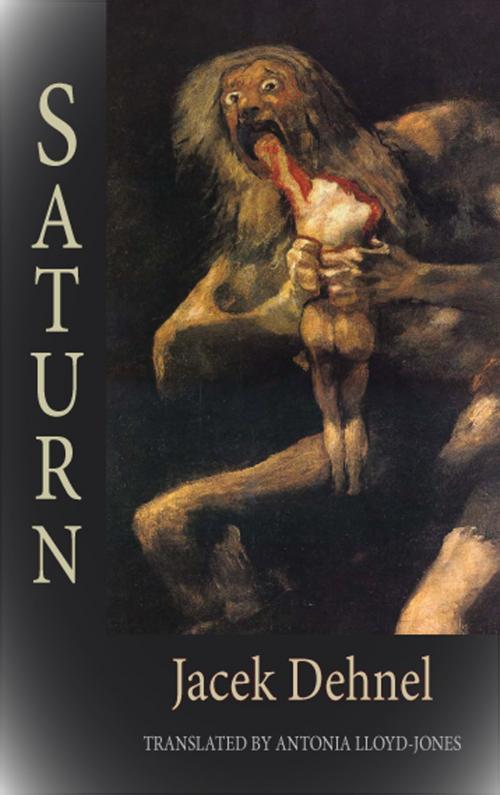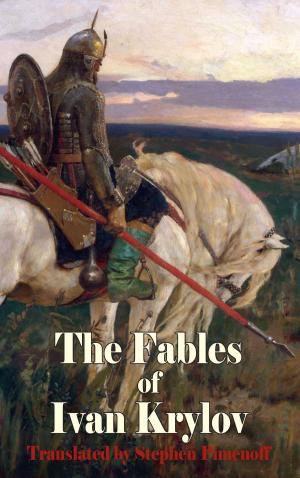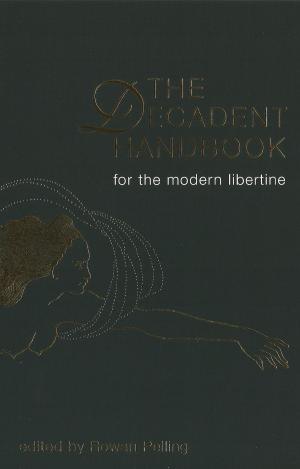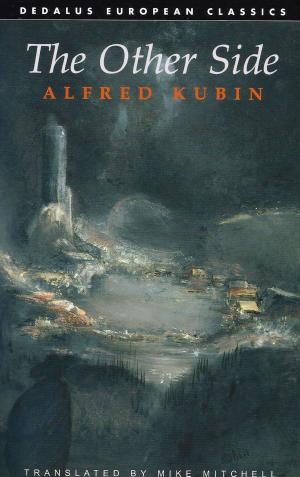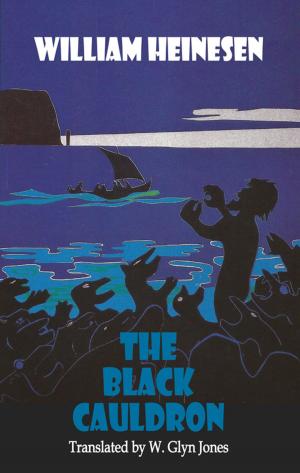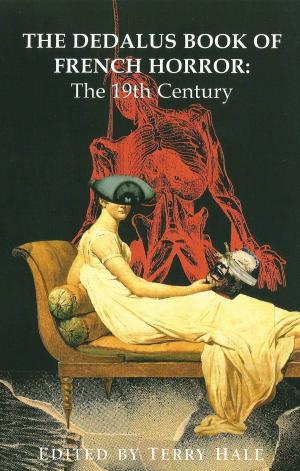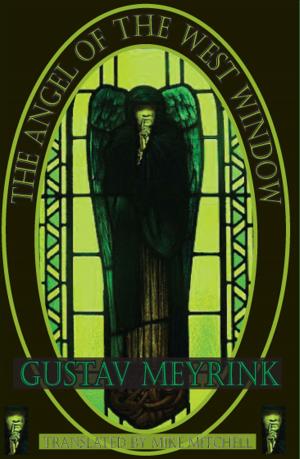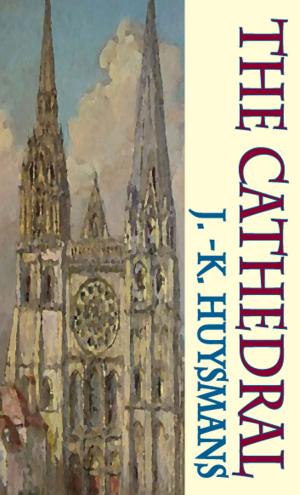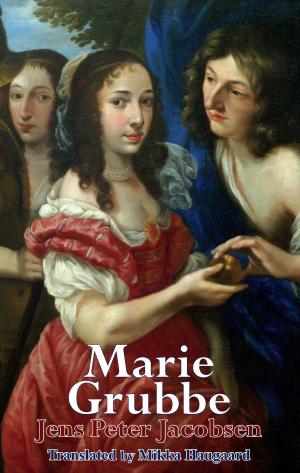| Author: | Jacek Dehnel | ISBN: | 9781909232341 |
| Publisher: | Dedalus Ebooks | Publication: | January 5, 2010 |
| Imprint: | Dedalus Ebooks | Language: | English |
| Author: | Jacek Dehnel |
| ISBN: | 9781909232341 |
| Publisher: | Dedalus Ebooks |
| Publication: | January 5, 2010 |
| Imprint: | Dedalus Ebooks |
| Language: | English |
' Jacek Dehnel has written a fictionalised account of the last years of the lives of Goya, Javier and Javier’s son Mariano, working on the basis that Javier did indeed paint the Black Paintings, and it makes for a fascinating read. The book interweaves first person diary-style accounts from each of the three men; the embittered Francisco, the other-worldly and confused Javier and the scheming Mariano. As the book progresses a very credible story builds up which includes Javier beginning to paint the first few of these 14 paintings. The relationship between the three men is deeply flawed. Francisco seems to have taken a dislike to his son from the start. Javier did not want to paint with his father and he reacted badly to Francisco’s outbursts of anger and his erratic lifestyle. Francisco writes of his son, " He drew like a woman. For he grew more and more like a woman altogether . . . he just crept about the house with his nose eternally in a book, pale and unhealthy . . . he always sat on a mule or a horse like a sack, nor would he go to the bullfight – he avoided me, hid in corners.' Francisco on the other hand was a riotous, philandering, boastful man who saw every woman as a potential conquest, even trying to seduce Javier’s young wife soon after Javier brought her to live in the family home. When the book opens, Francisco has achieved considerable success and the family is wealthy, living in some style. The house is full of expensive art materials, many of them toxic, and as we read the alternating voices of the Francisco and Javier we gain an impression of an artistic chaos which does nobody any good, but which provides fertile ground for a sort of tortured creativity which goes some way to explaining the choice of the themes of the Black Paintings. The book includes black and white reproductions of the fourteen paintings with a brief “ekphrasis†of each one (I had to look up ekphrasis – apparently it is a graphic, often dramatic description of a work of art). These are done rather well.' The Common Reader Blog
' Jacek Dehnel has written a fictionalised account of the last years of the lives of Goya, Javier and Javier’s son Mariano, working on the basis that Javier did indeed paint the Black Paintings, and it makes for a fascinating read. The book interweaves first person diary-style accounts from each of the three men; the embittered Francisco, the other-worldly and confused Javier and the scheming Mariano. As the book progresses a very credible story builds up which includes Javier beginning to paint the first few of these 14 paintings. The relationship between the three men is deeply flawed. Francisco seems to have taken a dislike to his son from the start. Javier did not want to paint with his father and he reacted badly to Francisco’s outbursts of anger and his erratic lifestyle. Francisco writes of his son, " He drew like a woman. For he grew more and more like a woman altogether . . . he just crept about the house with his nose eternally in a book, pale and unhealthy . . . he always sat on a mule or a horse like a sack, nor would he go to the bullfight – he avoided me, hid in corners.' Francisco on the other hand was a riotous, philandering, boastful man who saw every woman as a potential conquest, even trying to seduce Javier’s young wife soon after Javier brought her to live in the family home. When the book opens, Francisco has achieved considerable success and the family is wealthy, living in some style. The house is full of expensive art materials, many of them toxic, and as we read the alternating voices of the Francisco and Javier we gain an impression of an artistic chaos which does nobody any good, but which provides fertile ground for a sort of tortured creativity which goes some way to explaining the choice of the themes of the Black Paintings. The book includes black and white reproductions of the fourteen paintings with a brief “ekphrasis†of each one (I had to look up ekphrasis – apparently it is a graphic, often dramatic description of a work of art). These are done rather well.' The Common Reader Blog
